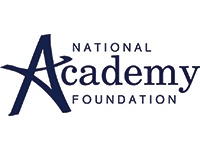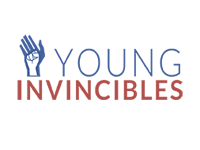Is Free Community College the Next Step in Higher Education?
•A series of high-profile proposals to broaden access to community college by making it free for recent high school graduates have emerged recently. The tuition-free proposals highlight the pivotal role these institutions play in training and preparing students for 21st century jobs and helping millions of low-income Americans gain a foothold on the ladder to upward mobility. But they also expose challenges in adequately funding community colleges, which are often expected to provide vastly different types of education to vastly different types of students on limited budgets.
Elected officials around the country have announced proposals that are intended to increase opportunity and create pathways to success for young adults by expanding access to public community colleges. With many Americans shut out of post-secondary education because of rapidly rising higher education costs, community colleges play a vital role in educating a state’s workforce and are often a region’s largest job-training institutions.
Though they can be underappreciated and underfunded, community colleges educate 45 percent of all U.S. undergraduates, according to the Community College Resource Center. These colleges are significantly less expensive than four-year institutions, making them particularly attractive to low-income and first generation college students.
During his final State of the State address last month, outgoing Tennessee Governor Bill Haslam proposed a new program called “Tennessee Promise” that would make the first two years of community or technical college free for all graduating high school students. The proposal would cost approximately $34 million a year and the state would create a $300 million endowment from the Tennessee Education Lottery to cover tuition and fees. Tennessee joins Oregon and Mississippi, two other states that have also proposed free tuition to community colleges.
Mississippi’s legislature recently passed a bill that would make tuition free at all of the state’s community colleges for new high school graduates. Students would have to maintain a 2.5 GPA and take a full load of courses in order to participate in the program.
Oregon’s state Senate is also considering launching a free-tuition community college program in 2015. Gov. John Kitzhaber signed that bill on March 11, as well as House Bill 4116, which would create a pilot program at community colleges to provide scholarships and advising to low-income, first-generation college students.
More states are recognizing the urgent need to help young Americans get the technical skills they need in order to compete in the global economy, meet the needs of local employers, and embark on careers that pay family-sustaining wages. The Georgetown Center for Education and the Workforce estimates that by 2020, two-thirds of all jobs in the United States will require an associate’s degree or higher. Unless more students enroll in community and four-year colleges, we are on track to fall short by 5 million skilled workers.
But critics are asking if making community college free for all students is the best way to make sure more young Americans gain the post-secondary degrees and credentials they need to get ahead. They also point out that many states have cut funding to state higher education institutions over the years, particularly during budget crises, and that scholarship programs are vulnerable to funding cuts.
Sustainability is a major concern. Kay McClenney, director of the Center for Community College Student Engagement, told Inside Higher Ed that previous attempts to help low-income students enroll in community colleges have run into a major problem: insufficient state investment. Across the country, state-financed college scholarship programs are severely underfunded, from Oregon to Rhode Island.
Critics are also concerned that by promoting enrollment in two-year institutions, some students won’t enroll in four-year colleges and universities, which have higher completion rates.
In Tennessee, some leaders are worried that the governor’s plan would reduce state Hope Scholarships for freshmen and sophomores at Tennessee’s four-year universities to $3,000 from the current level of $4,000.
We recognize that there continue to be significant issues related to state support for community colleges – which for millions have served as a gateway to the middle class. However, we are thrilled to see elected officials across the country recognize the important role community colleges play in training our workforce for the 21st century. We are eager to hear more as the proposals come together, and will be closely tracking these issues.









